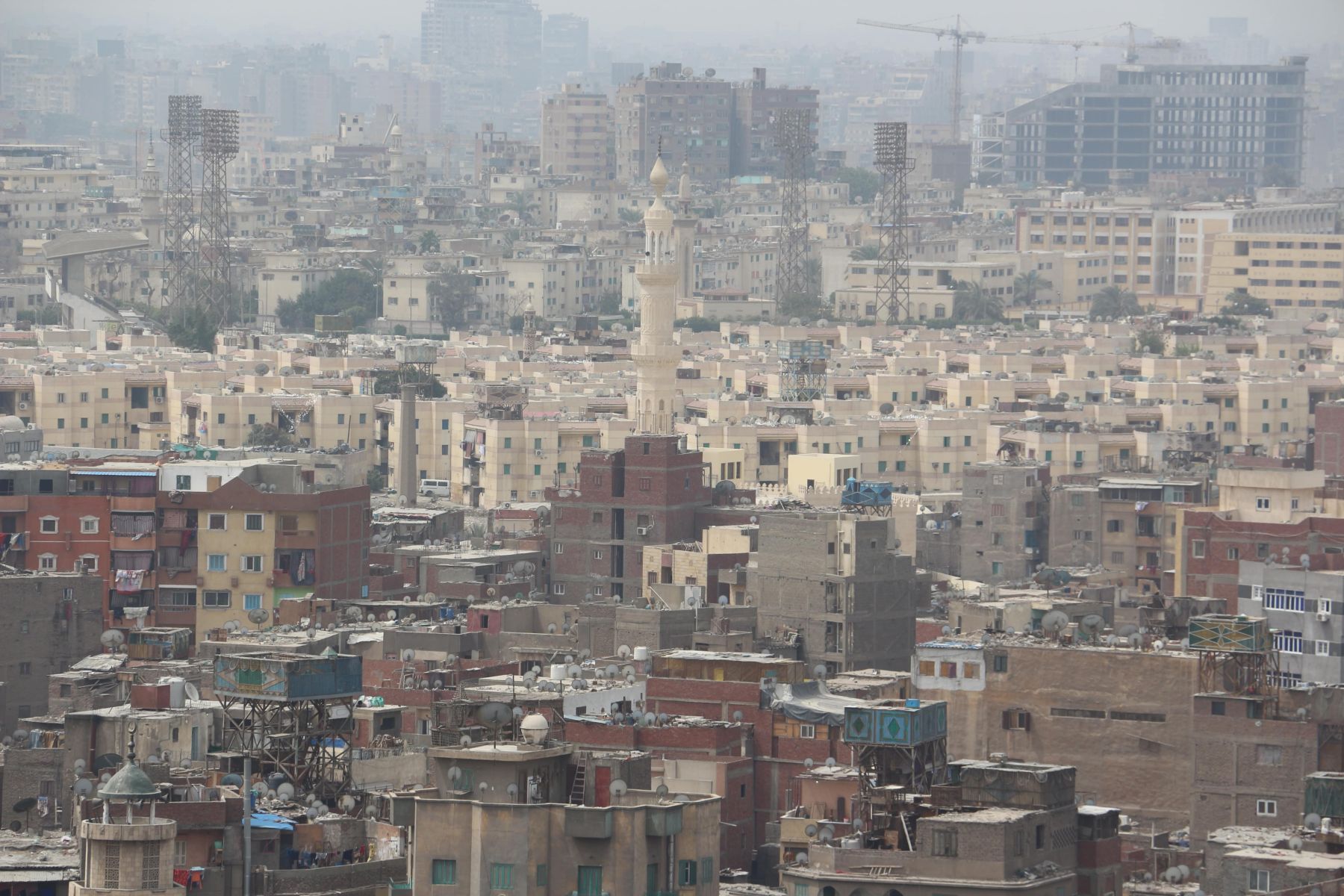Political economy of infrastructure in the Middle East and North Africa
By Javier Guirado
Infrastructure is usually defined as the set of facilities that enable the connection of different spaces, enabling the interaction and movement of people and goods.1 Therefore, in the Middle East, a key player in its political economy and how it impacts its populations.
However, the notion of infrastructure can be expanded and refined according to different conceptual frameworks, from more classic ideas of land, maritime, and air transportation (i.e. roads, ports, airports), to questions about digital infrastructure (access to the internet, social media, smart cities), or heritage and culture. It can also expand towards theoretical revisions that signal a “hidden” or even “subaltern” infrastructure that goes beyond institutionalized ideas of facilities.2 Also, the spatiality or design of infrastructure can imply exclusion often along social, political, economic, ethnic, or religious lines. Infrastructure, hence, becomes a crucial political tool for the political and the corporate elites, and a contentious space for different populations.3
Infrastructure in the Middle East, as well as its development and destruction, has recently been a source of new and intense debate. Developments like those in the ports of Jebel Ali or Khalifa in the United Arab Emirates; the Saudi megaproject of NEOM; the construction of New Cairo, a new capital for Egypt; or the new port of Tanger-Med in Morocco are part of a wide trend of massive-scale investment in infrastructure. Other contexts show a very different picture, like Lebanon, where the collapse of an already weak state has led to the impossibility of providing basic services like water or electricity to its residents; or Syria and Iraq, where the aftermath of war and foreign invasion has meant important problems in delivering such services.
So, what do these regimes of deliverance (or lack of thereof) mean for the lives of those served by this infrastructural fabric? Who owns these new developments? What problems emerge with the destruction of infrastructure? Who is responsible for its reconstruction?
To answer these questions, this report explores case studies in countries ranging from Morocco to the United Arab Emirates, today or in the past few decades. Deen Sharp explores how reconstruction efforts in Lebanon have experienced problems in terms of social justice and exclusion; Sharri Plonski tells the story of Ma’an, once a vibrant hub of freight transport in Jordan whose decline was the result of shifting economic regimes after the fall of Ottoman empire; Ingy Higazy traces the history of the Ring Road in Cairo, a key piece of urban infrastructure, and its relation to urban justice and urban mobility in Egypt; Simon Mabon deals with the contentious politics of the Bahraini protests of 2011 and its aftermath, and how highways and bridges played a key role for the protesters and the regime; Blanca Camps-Febrer provides an account of how Free Economic Zones (FEZs) in Tangier explain the relationship between the private security sector, sovereignty, and population in the Moroccan context; and finally, Javier Guirado explores the newly formed alliances that the UAE, Pope Francis, and other international organizations have created to intervene in the reconstruction of Mosul, where heritage sites were torn down by the Islamic State.
This report is the result of a workshop organized by Javier Guirado and Simon Mabon at Lancaster University on 20 June 2022.

